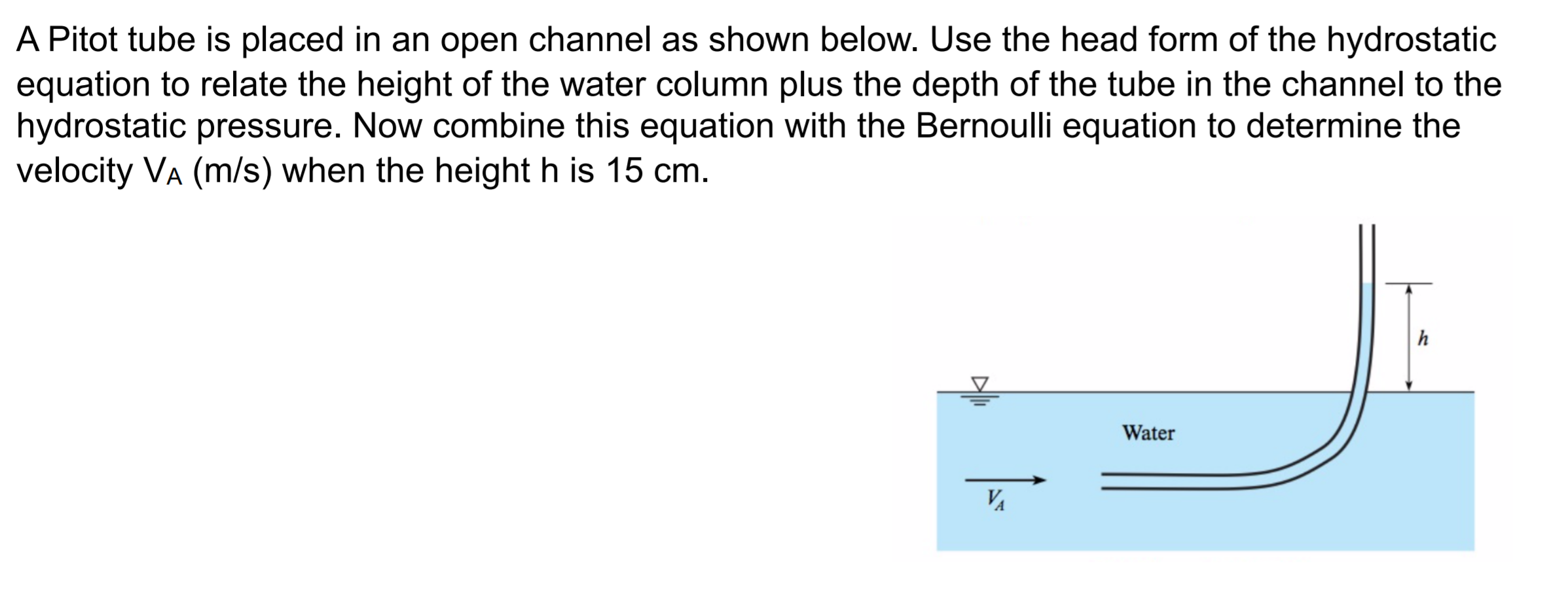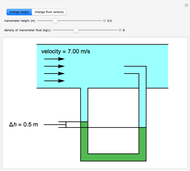


Wait for the readout on the display to stabilize.

Ensure that the Pitot Static tube is aligned with the axis of the duct using the alignment guide on the tube as a reference. 1.Ĭarefully insert the Pitot Static tube into the duct and position at the first traverse location. Partially insert the temperature and RH sensors in an additional hole located close to the previously drilled holes.Ĭonnect Pabs to a static pressure tap/ring close to the survey location, or use a “T” barb to connect to the static Pitot tube port. 2.Īt the selected survey location, drill two perpendicular holes in the duct (for a round duct) or the desired number of holes for a rectangular duct, ensuring sufficient hole clearance to safely insert the Pitot Static tube. 1 Typical pressure connections for a Pitot-static probeĪ survey using a Pitot-static probe proceeds as follows:ĭecide on the number of survey points and then mark these on the Pitot tube using a marker or adjustable spring clips (present on some Pitot Static tubes). Number of readings compared to point readings using a Pitot-Static probe toįig. Speed up the duct survey process because it only needs a fraction of the Using our Rapid Averaging Probe (RAP) can significantly Mode where it automatically indexes and integrates the pressure readings into The FKT 1DP1A-SV is designed with a duct survey Locations for the survey and integrates the data into flow rates for any
#Calculating velocity using a pitot tube series#
Of survey data for any of the FKT series manometers. Our program FlowScan automates the acquisition Either the Centroids of Equal Areas or Log-Tchebycheff point distribution may be used. This table is printed on the inside of all the FKT series The survey is performed with the aid of Fig. Try to survey at least 8 duct diameters downstream of the aforementioned elements and 2 duct diameters upstream of these elements. If possible, avoid traverses close to fans, dampers pipe bends, expansions etc. Before a traverse is conducted, it is necessary to select a suitable location to perform the survey. This involves taking measurements at various positions across the duct. If average duct speeds, or mass or volumetric flow rates are required, it is necessary to perform a Pitot traverse of the duct. Air Flow Rate Measurement using a Pitot Static Probe


 0 kommentar(er)
0 kommentar(er)
